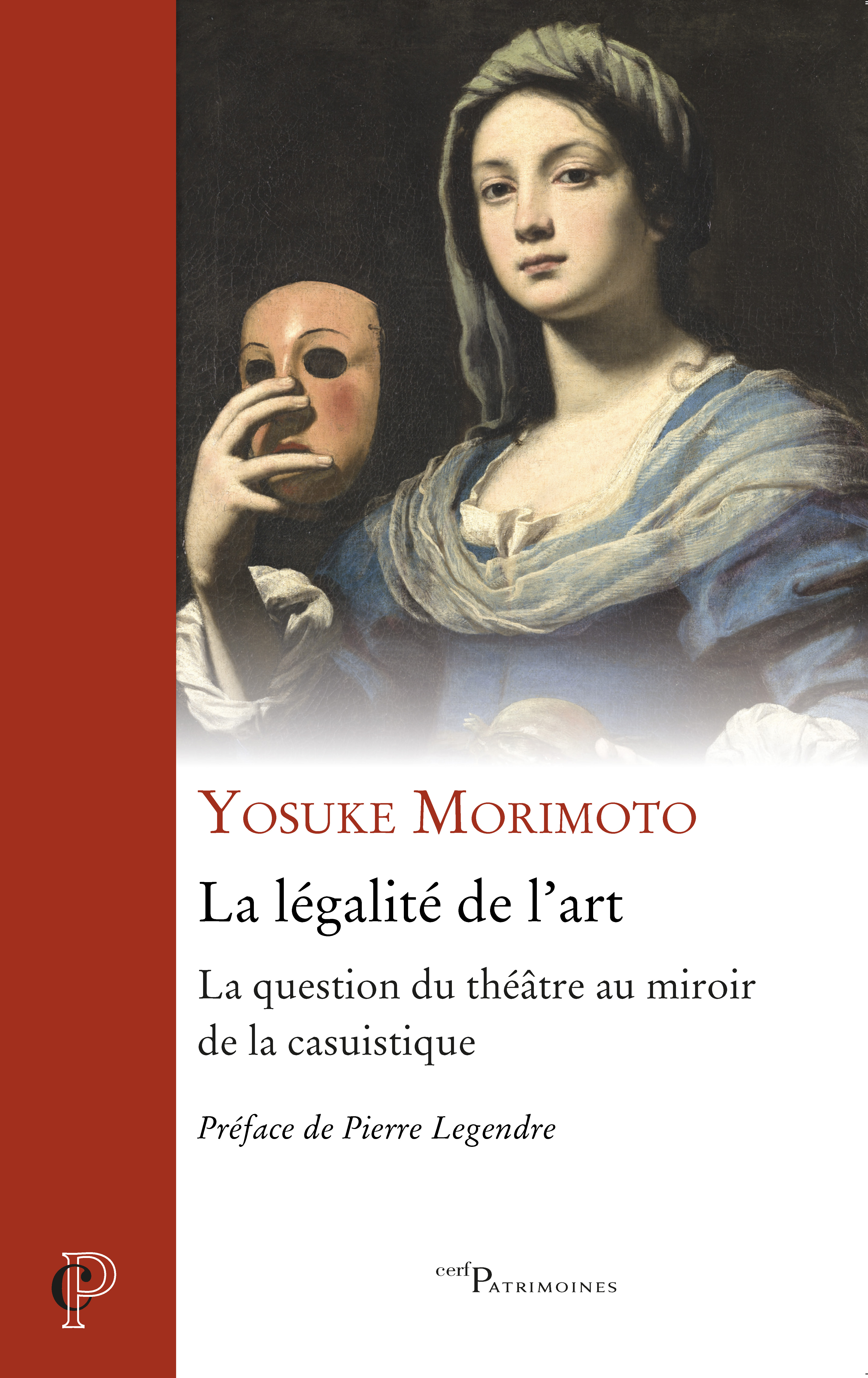
Title
(The legality of Art – The question of theater in light of casuistry) La légalité de l'art La question du théâtre au miroir de la casuistique
Size
342 pages
Language
French
Released
October, 2020
ISBN
9782204141963
Published by
Les éditions du Cerf
Book Info
See Book Availability at Library
Japanese Page
It is well known and studied that Christian institutions attempted, for a long time and with insistence, to banish the secular theater, stigmatizing it in the name of—among others—a “school of vices.” In contrast, much less known is the way in which the same institution came to allow us to enjoy it without fear of facing the menace of “peccatum mortale.” In fact, the crucial turn occurred in the early modern era—namely, during the 16th-17th centuries—in a branch of Christian literature itself: morale theology or, as it is known in more specialized terms, casuistry. This book will then try to focus on this discursive practice, which today’s scholarship recognizes as a prototype of the modern “applied ethics,” while not yet fully exploring it, with the aim of observing how the casuists of the epoque—in particular, those who were sometimes criticized because of their “hypocrisy”—invented some arguments, apparently mocking or sarcastic in nature, to “legalize” the secular theatrical arts.
Along the way, the reader will encounter a number of strange and, eventually, more or less impudent “cases”: questions of whether it is permissible to condemn a heretic actor playing a heretic person; the acute controversy regarding “fictus” (id est [literally, “feinted person”]) in sacramental rites; a dialogue between a pope and an actor begging him for clemency; a labyrinthine examination of the pleasure one secretly enjoys while imagining criminal acts or watching them enacted on stage; and so on.
As to the rediscovery of ancient cooking recipes, so to speak, I intend to restore these forgotten arguments, which we recycle—even if only in a surreptitious way—to defend the very famous “freedom of expression.” Finally, the focus is not on giving any definitive conclusion but, rather, via negativa, on reopening the question, now apparently obsolete, which remains no less troubling: “We still applaud art, but why?”
(Written by MORIMOTO Yosuke, Associate Professor, Graduate School of Arts and Sciences / 2022)
Related Info
Tetsuya SHIOKAWA (Académie du Japon) (LITTERA vol.7, p.127-131 2022)
https://doi.org/10.20634/littera.7.0_127



 Find a book
Find a book

